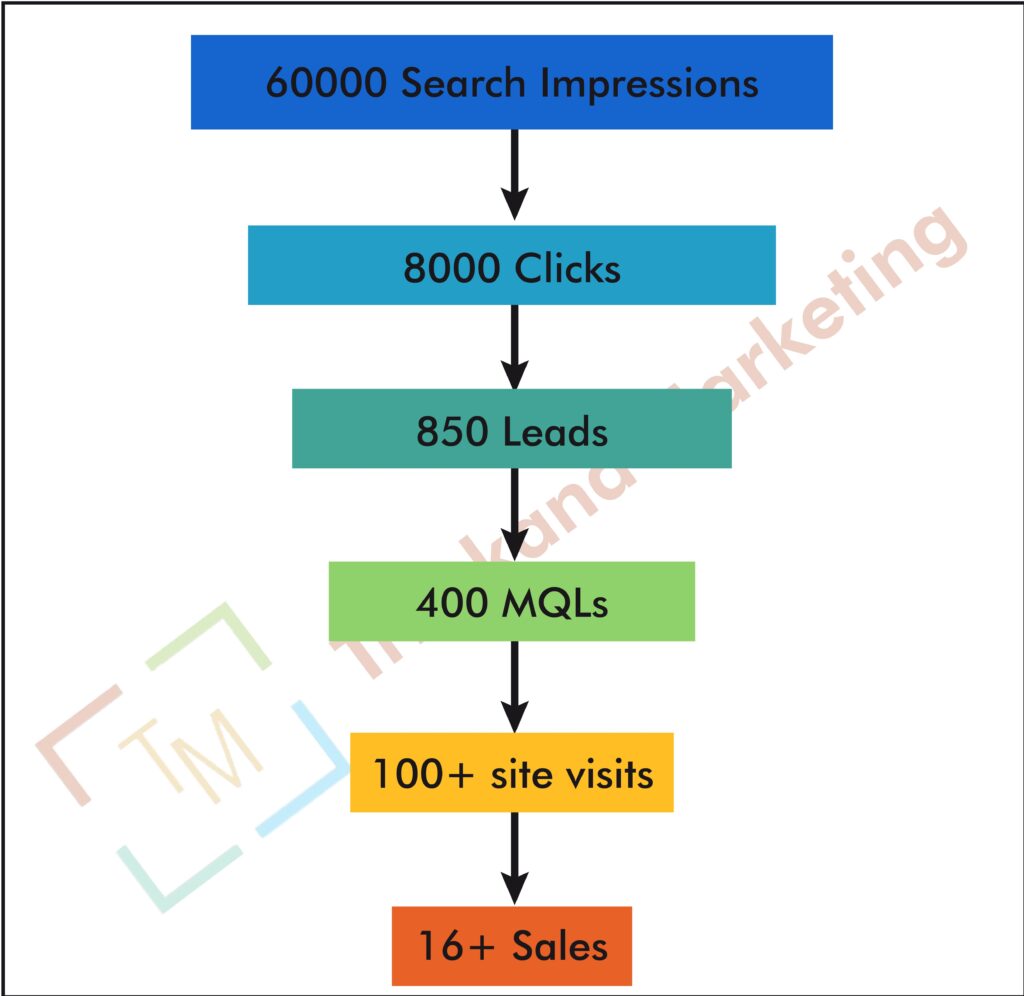In today’s digital landscape, social media is a powerful tool for businesses to connect with their audience, build brand awareness, and drive engagement. However, with numerous platforms available, choosing the right ones for your business can be challenging. Each platform has its unique audience, features, and benefits, making it essential to align your social media strategy with your business goals and target audience. This guide explores how to select the most effective social media platforms for your business.
Align your social media strategy with your business goals by choosing the right platforms.
- Understand Your Target Audience
Overview: The first step in selecting the right social media platforms is understanding your target audience. Different platforms attract different demographics, so knowing who your audience is will help you choose where to focus your efforts.
Steps to Implement:
- Conduct Audience Research: Use surveys, analytics, and market research to identify your audience’s age, gender, location, interests, and online behavior.
- Analyze Platform Demographics: Review the demographic data for each social media platform to determine which aligns with your target audience.
- Create Audience Personas: Develop detailed personas to represent your ideal customers and guide your platform selection.
Use Case: If your business targets younger audiences, platforms like TikTok and Instagram might be more effective than Facebook, which tends to have a broader age range.
- Evaluate Platform Features and Strengths
Overview: Each social media platform offers different features and strengths that can impact your marketing strategy. Understanding these can help you select the platforms that best support your business objectives.
Steps to Implement:
- Review Platform Capabilities: Examine the features of each platform, such as video content, live streaming, advertising options, and analytics.
- Match Features to Goals: Align the platform features with your marketing goals, such as brand awareness, lead generation, or customer engagement.
- Consider Content Types: Choose platforms that support the type of content you plan to create, whether it’s images, videos, articles, or interactive content.
Use Case: If your strategy focuses on visual content and storytelling, Instagram and Pinterest might be ideal due to their emphasis on images and visuals.
- Assess Your Resources and Capabilities
Overview: Managing multiple social media platforms requires resources, including time, budget, and expertise. It’s important to assess your capabilities to ensure you can maintain an effective presence on chosen platforms.
Steps to Implement:
- Evaluate Your Team: Consider the size and skills of your marketing team to determine their ability to manage and create content for each platform.
- Budget Allocation: Allocate your budget based on the platforms you choose, including costs for advertising, content creation, and management tools.
- Resource Planning: Plan for the necessary tools and resources needed to manage your social media presence effectively.
Use Case: If your team has limited resources, it might be more effective to focus on one or two platforms where you can create high-quality content and engage actively, rather than spreading yourself too thin.
- Consider Industry Relevance
Overview: Some social media platforms are more effective for certain industries. Understanding where your industry thrives can guide you in selecting the right platforms for your business.
Steps to Implement:
- Research Industry Trends: Look at industry benchmarks and trends to see which platforms are most popular among your competitors and peers.
- Analyze Competitor Presence: Review where your competitors are active and successful to identify potential platforms for your own business.
- Industry-Specific Features: Choose platforms that cater to the needs of your industry, such as B2B platforms for professional services or visual platforms for lifestyle brands.
Use Case: For a B2B company, LinkedIn is often a crucial platform due to its focus on professional networking and industry-related content.
- Test and Evaluate Performance
Overview: Once you’ve selected your social media platforms, it’s important to continuously test and evaluate their performance to ensure they meet your business objectives.
Steps to Implement:
- Set Clear Metrics: Define key performance indicators (KPIs) for each platform, such as engagement rates, click-through rates, and conversion rates.
- Monitor Analytics: Use analytics tools to track performance and assess how well each platform is contributing to your goals.
- Adjust Strategies: Based on performance data, make adjustments to your social media strategy, such as optimizing content or reallocating resources.
Use Case: If analytics show that your Instagram posts generate higher engagement compared to Facebook, you might decide to allocate more resources to Instagram and refine your strategy on Facebook.
- Stay Updated on Platform Changes
Overview: Social media platforms frequently update their algorithms, features, and policies. Staying informed about these changes ensures that your strategy remains effective and relevant.
Steps to Implement:
- Follow Platform Updates: Subscribe to platform blogs, newsletters, and industry news to stay informed about updates and changes.
- Adapt to New Features: Be ready to incorporate new features or tools into your strategy as they become available.
- Review Best Practices: Regularly review and update your social media practices to align with current trends and platform guidelines.
Use Case: If a platform introduces a new advertising feature that could benefit your campaign, integrating it promptly can enhance your marketing efforts and stay ahead of the competition.
Choosing the right social media platforms for your business is a critical step in building an effective online presence. By understanding your target audience, evaluating platform features, assessing your resources, considering industry relevance, testing performance, and staying updated on platform changes, you can select platforms that align with your business goals and maximize your social media impact. A strategic approach to platform selection will help you reach and engage your audience more effectively, ultimately driving growth and success for your brand.



